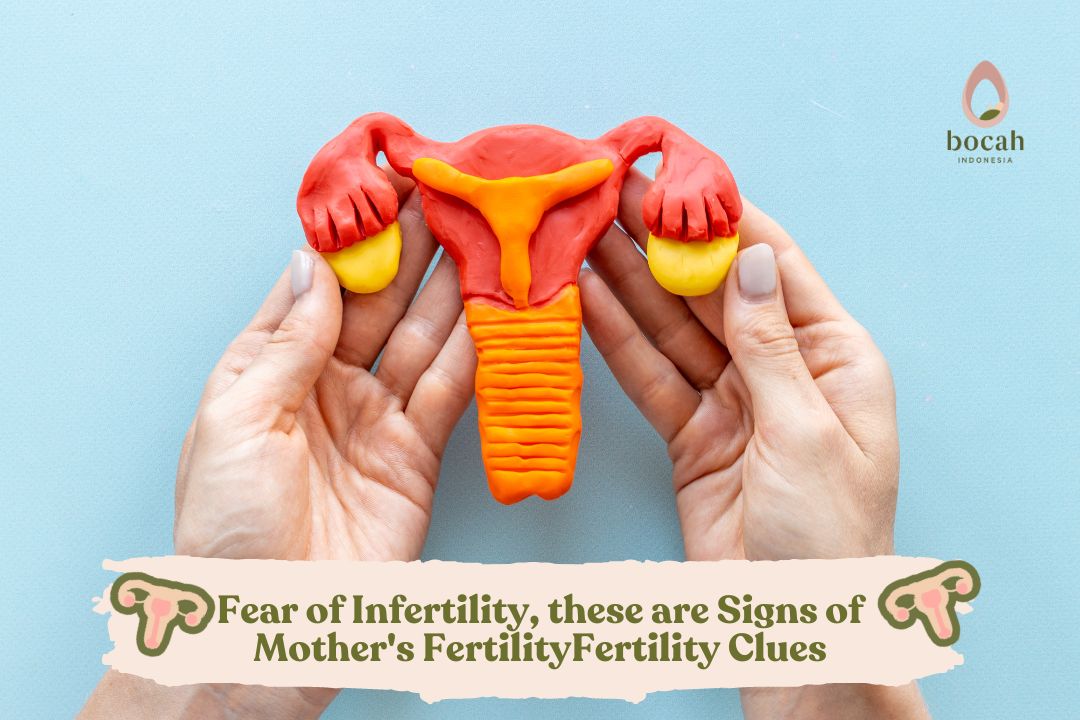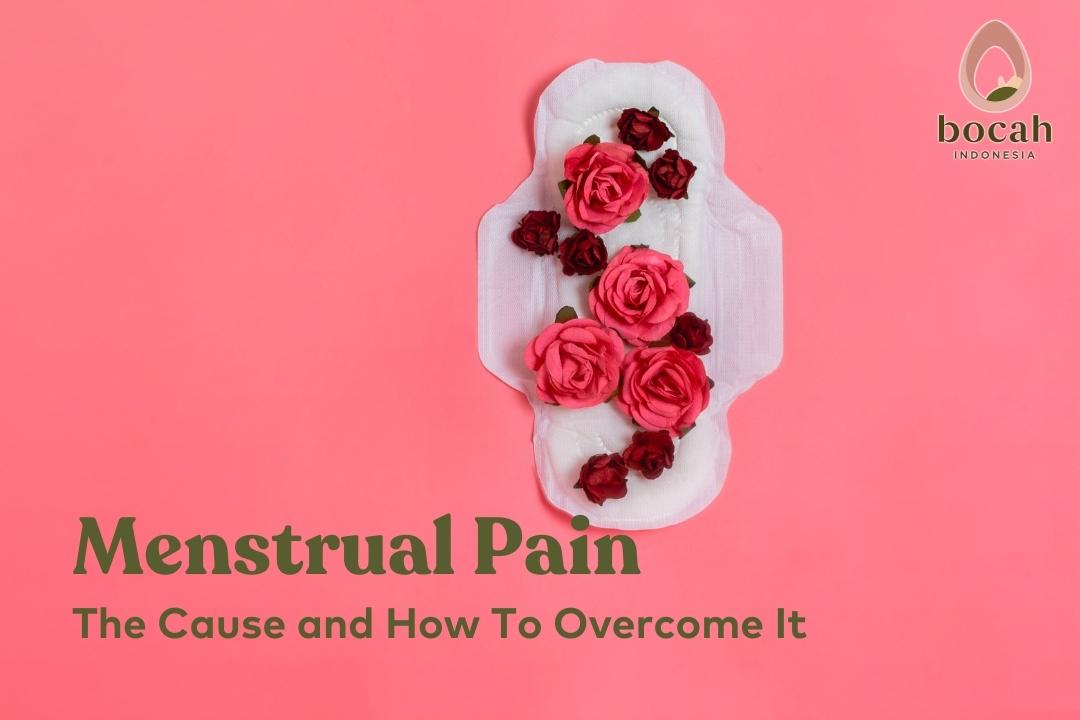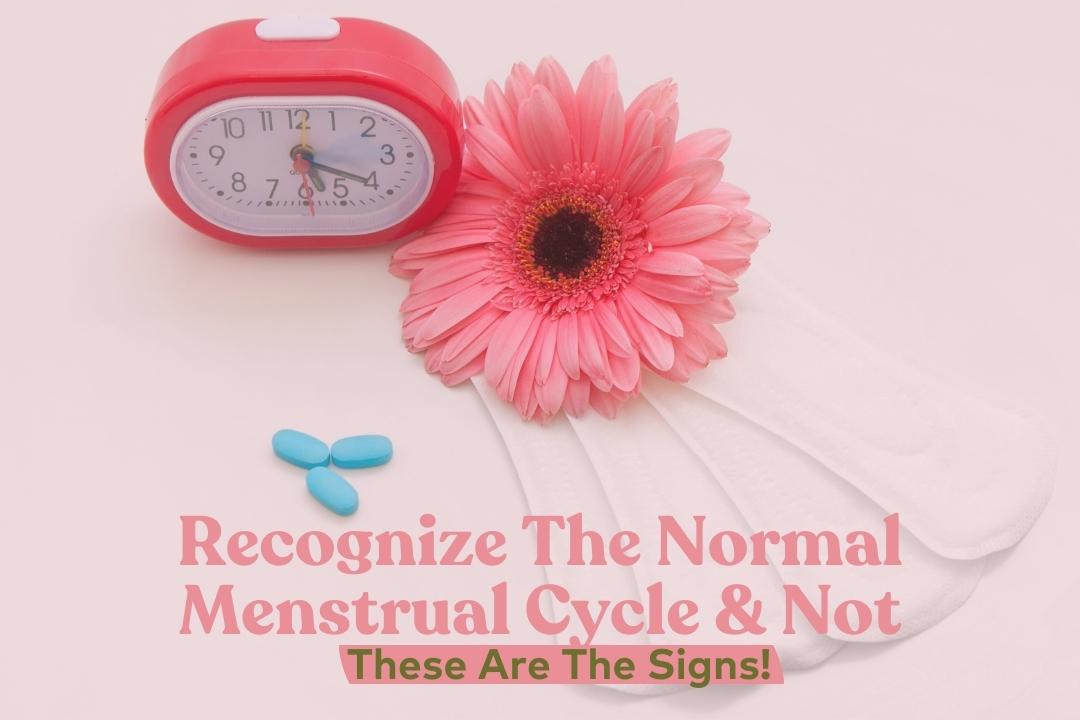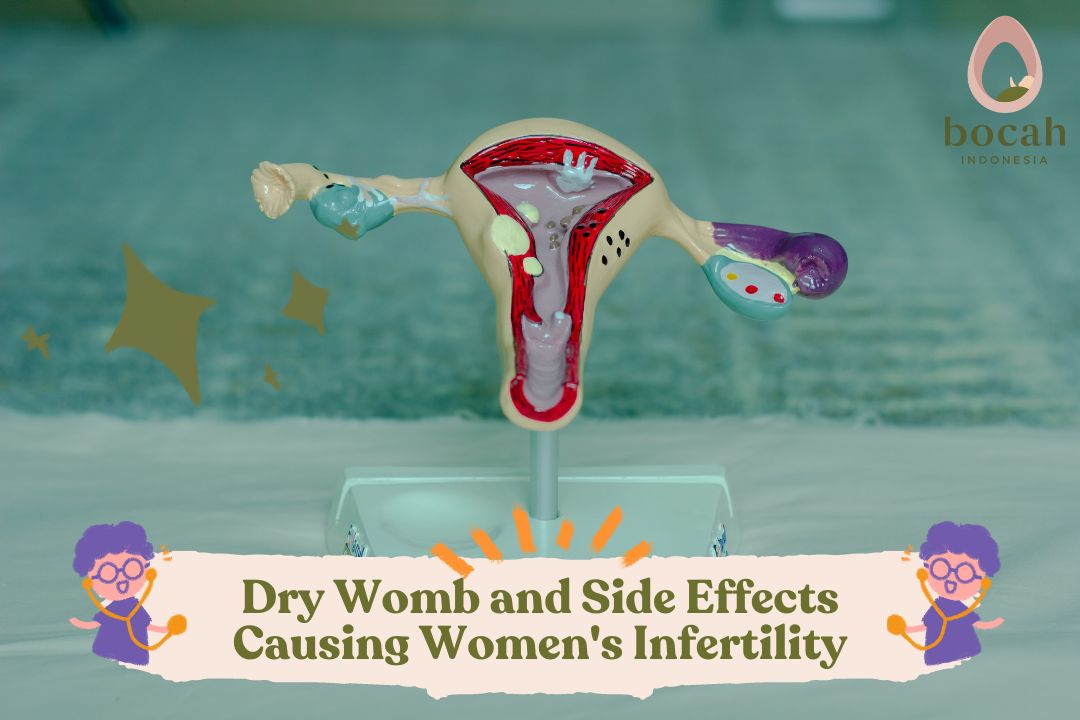Female Infertility: Causes, Diagnosis, and Treatment

Infertility among women can be caused by a variety of factors. According to the World Health Organization (WHO) definition from 2013, infertility is the inability of a couple to conceive, maintain pregnancy, or produce a live birth through regular intercourse two to three times a week without contraception for at least one year. Infertility can stem from both female and male factors, with each contributing to about one-third of cases. The remaining causes may be unknown or a combination of both male and female factors.
Causes of Female Infertility
For a successful pregnancy, each step of the human reproductive process must occur correctly. These stages include:
- Ovulation, where an ovary releases an egg.
- The egg is picked up by the fallopian tube.
- Sperm swims through the cervix, uterus, and fallopian tube to reach the egg.
- Fertilization occurs when a sperm penetrates the egg’s outer layer.
- The fertilized egg moves through the fallopian tube to the uterus.
- The fertilized egg (embryo) implants in the uterine wall and develops.
Various factors can disrupt these stages, leading to female infertility. Some common causes include:
1. Ovulation Problems
Ovulation is a crucial part of the monthly menstrual cycle when an ovary releases an egg. Hormones control this process. Conditions that can lead to ovulation issues include:
- Polycystic ovary syndrome (PCOS)
- Hypothalamic dysfunction
- Primary ovarian insufficiency
- Elevated prolactin levels
2. Fallopian Tube Damage
Damaged or blocked fallopian tubes can prevent sperm from reaching the egg or block the fertilized egg’s path to the uterus. Causes include pelvic inflammatory disease and surgical history.
Tanya Mincah tentang Promil?
3. Uterine or Cervical Issues
Problems within the uterus or cervix can hinder implantation or increase the risk of miscarriage. These issues can include uterine polyps, congenital abnormalities, and cervical stenosis.
4. Endometriosis
Endometriosis is a condition where tissue similar to the uterine lining grows outside the uterus. It can lead to pain and scarring that may affect fertility.
5. Unexplained Infertility
In some cases, the exact cause of infertility remains unknown. It might be due to a combination of minor factors. However, proper medical evaluation and treatment are recommended regardless.
Risk Factors for Female Infertility
Factors that increase a woman’s risk of infertility include age, smoking, body weight, sexual history, and alcohol consumption.
Symptoms of Female Infertility
The primary symptom of female infertility is the inability to conceive. Irregular or absent menstruation can also indicate ovulatory issues. Other symptoms might not always be present.
When to Seek Medical Help
The timing of seeking medical help depends on a woman’s age:
- Under 35: Trying for at least a year before considering fertility tests and treatments.
- 35-40: Starting fertility tests after 6 months of trying.
- Over 40: Immediate fertility testing and treatment might be recommended.
Diagnosing Female Infertility
Both partners typically undergo evaluations, as infertility often results from a combination of factors. Diagnostic tests for women might include ovulation tests, HSG, ovarian reserve tests, hormone tests, radiological examinations, laparoscopy, and genetic testing.
Treating Female Infertility
Treatment options depend on the underlying cause, age, duration of infertility, and personal preferences. These can include medications to restore fertility, surgical interventions, and assisted reproductive technologies (ART) like intrauterine insemination (IUI) and in vitro fertilization (IVF).
Conclusion
The outlook for female infertility varies based on individual circumstances and underlying causes. Successful outcomes often require collaborative efforts between the couple and medical professionals. It’s important for couples to address infertility concerns promptly and explore the available treatment options for the best possible results.
Source:
Sumber:
- American College of Obstetricians and Gynecologists. [Last reviewed November 2022]. Having a baby after age 35: how aging affects fertility and pregnancy. FAQ 060. URL: https://www.acog.org/womens-health/faqs/having-a-baby-after-age-35-how-aging-affects-fertility-and-pregnancy.
- Kuohung W, Hornstein MD. Female infertility: evaluation. In: UpToDate, Post, TW (Ed), UpToDate, Waltham, MA, 2023.
- Kuohung W, Hornstein MD. Female infertility: treatments. In: UpToDate, Post, TW (Ed), UpToDate, Waltham, MA, 2023.
- Mayo Clinic. [Last reviewed 27 Aug 2021]. Female infertility. URL: https://www.mayoclinic.org/diseases-conditions/female-infertility/symptoms-causes/syc-20354308.
- Walker MH, Tobler KJ. Female Infertility. [Updated 2022 Dec 19]. In: StatPearls [Internet]. Treasure Island (FL): StatPearls Publishing; 2023 Jan-. URL: https://www.ncbi.nlm.nih.gov/books/NBK556033/










